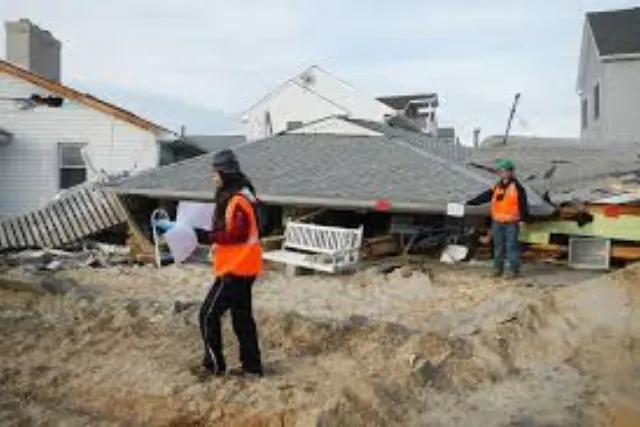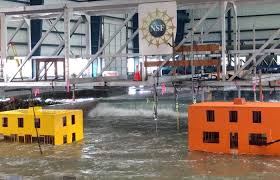
CORVALLIS, Ore. — As the Pacific Northwest grapples with growing concerns over coastal storms and tsunami threats, researchers at Oregon State University (OSU) are making significant strides in helping communities prepare. At the heart of the effort is the university’s Hinsdale Wave Research Laboratory, where scientists are simulating real-life hurricane conditions to study their impact on residential structures.

On Wednesday, OSU engineers conducted a dramatic simulation at their "tsunami basin"—the largest facility of its kind in the world—recreating the destructive power of Florida’s Hurricane Ian from 2022. Two scaled-down residential buildings were subjected to relentless waves, wind, and surge conditions to better understand structural weaknesses.
"Today, this is for hurricane-type waves; however, what we're learning from these tests can also be very useful for Oregon,” said OSU structural engineer Andre Barbosa. “Mainly because what we're understanding is how waves impact buildings. If we elevate these buildings to tsunamis as well... these residential structures near the coast, near the shoreline—as we start getting more and more waves and more and more surge coming into our shoreline—we have to understand how our buildings perform.”
Barbosa emphasized that while hurricanes may be rare in the Pacific Northwest, the research is critical for coastal preparedness. Tsunamis, storm surge, and long-period swells all pose similar threats, and resilient construction techniques can reduce the risk of catastrophic loss.

The experiment is part of a larger initiative to translate coastal engineering research into practical guidance for developers, builders, and local governments. The simulations help measure the strength and durability of building materials and construction practices when subjected to extreme wave forces.
Pedro Lomonaco, Director of the Hinsdale Research Lab, noted that the need for storm-resilient design isn't just an East Coast issue.
"What you see here is a classical storm,” Lomonaco said. “We don’t have hurricanes, but we do have storms. As you probably remember, this past November there was a significant storm with a very long swell that actually damaged the pier in Santa Cruz. It’s conceptually the same thing."
By replicating hurricane conditions in the lab, researchers are gathering data that can improve building codes, retrofit guidelines, and emergency planning along vulnerable coastlines. The ultimate goal is to strengthen coastal communities before disaster strikes.
The facility’s tsunami basin is a critical resource for researchers nationwide. OSU’s ongoing simulations offer key insights into how to design stronger, safer homes—especially in areas where extreme weather events are growing more frequent and severe due to climate change.
The university plans to continue these hurricane and tsunami simulations with varying building types and topographical conditions to widen the applicability of their findings. Engineers and scientists from across the country are watching closely as OSU’s research may reshape how coastal construction is approached in coming decades.
Originally reported by Khenedi Wright in NBC 16.